The position shown in this week’s main diagram is the starter problem for the Winton British Chess Solving Championship, an annual competition. White must force mate in two moves, against any defence. (White moves, then Black moves, then White delivers checkmate.) For entry details, see the final paragraph.
Many composed positions have an ugly duckling problem. Practical players are accustomed to discernible pawn structures and an approximate balance of material. An irrational starting position, like this one, is apt to draw a little wince. But look deeper, as there is grace and harmony to be found. Composed problems teem with ingenious and beautiful ideas expressed in ways that you might never encounter in practical play.
For instance, zugzwang (German for ‘compulsion to move’) is an essential motif in endgames, particularly common when just kings and pawns remain. But composers can engineer more elaborate manifestations of this same concept. In ‘mate in two’ problems, moves that create a direct mate are often (though not always) red herrings. An experienced solver will readily consider moves which create a zugzwang wherein White threatens nothing, but any Black move reveals a mating possibility.
Another conspicuous feature of this problem is that the Ke1 and Ra1 are on their starting squares, so castling could be possible if the queen and knight clear the way. The mere fact of Black attacking the b1 square doesn’t preclude this. (In chess problems, by convention, castling is legal, except in very rare cases where you can prove that the king or rook must have moved earlier. Bear that in mind when considering the second puzzle, below.)
In the heat of battle, even world-class players have been befuddled by the castling rules. In 1960, the renowned Soviet grandmaster Yuri Averbakh was playing White against the Australian master Cecil Purdy. The opening moves were: 1 c4 Nf6 2 Nc3 d5 3 cxd5 Nxd5 4 g3 Nxc3 5 bxc3 c5 6 Bg2 Nc6 7 Rb1 e5 8 Qa4 Qc7 9 Bxc6+ Qxc6 10 Qxc6+ bxc6 11 Nf3 f6 12 d3 c4 13 dxc4 Be6 14 Nd2. At this point, Purdy castled queenside, which drew (mistaken) objection from Averbakh, on the grounds that his rook on the open b-file controlled the b8 square. In truth, the only squares that matter are those through which the king passes (e8, d8 or c8), so Purdy gently insisted that his move was legal. One has to admire the fact that Averbakh, presumably discombobulated, found a sensible response and eventually won the game. Purdy described it as the most amazing incident of his life.
Email winton@theproblemist.org no later than 31 July. Only the first move is required. Successful entrants qualify for a postal round, so do include a name and address. Mark your entry ‘The Spectator’. Those under 18 on 31 August 2019 must give their date of birth. For more details about the competition, including how to enter by post, visit https://bit.ly/38Q46E2. For more information on the rich world of problem solving, visit theproblemist.org. The website has an excellent section titled ‘For Beginners’, in which the ‘Two-Move Secrets’ section may provide inspiration.
Got something to add? Join the discussion and comment below.
Get 10 issues for just $10
Subscribe to The Spectator Australia today for the next 10 magazine issues, plus full online access, for just $10.
You might disagree with half of it, but you’ll enjoy reading all of it. Try your first month for free, then just $2 a week for the remainder of your first year.

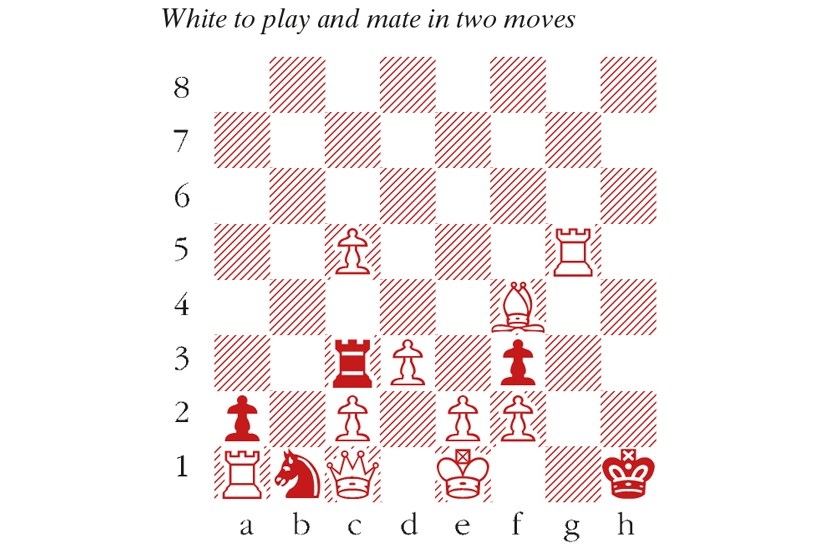
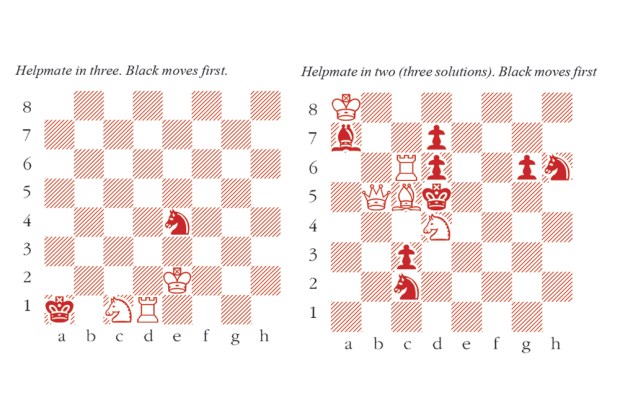
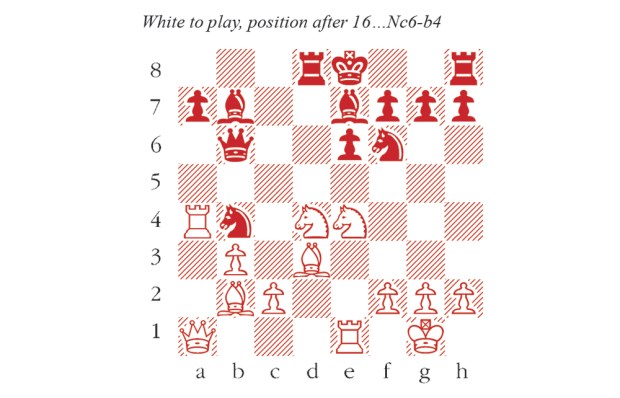
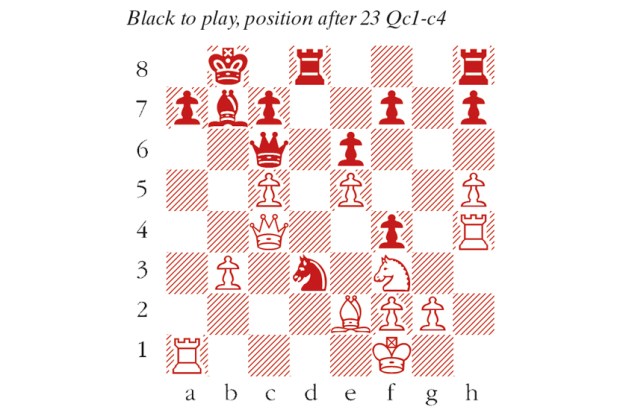
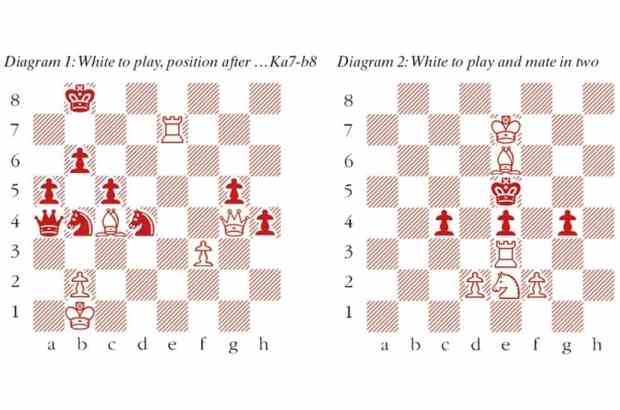
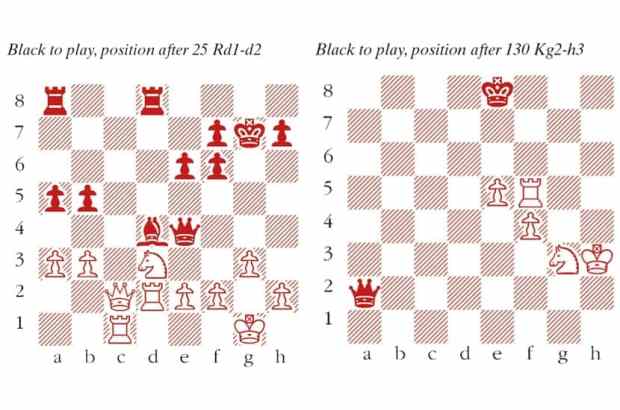
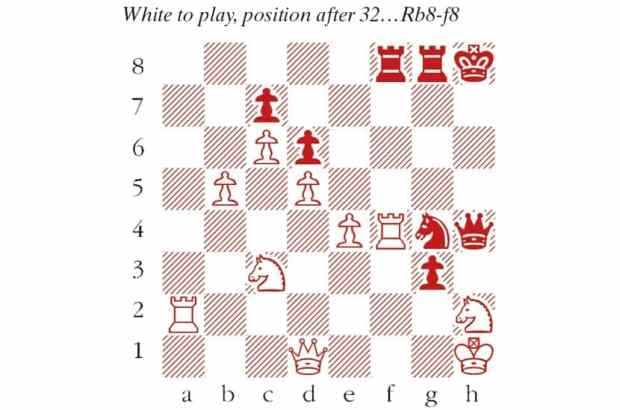






Comments
Don't miss out
Join the conversation with other Spectator Australia readers. Subscribe to leave a comment.
SUBSCRIBEAlready a subscriber? Log in